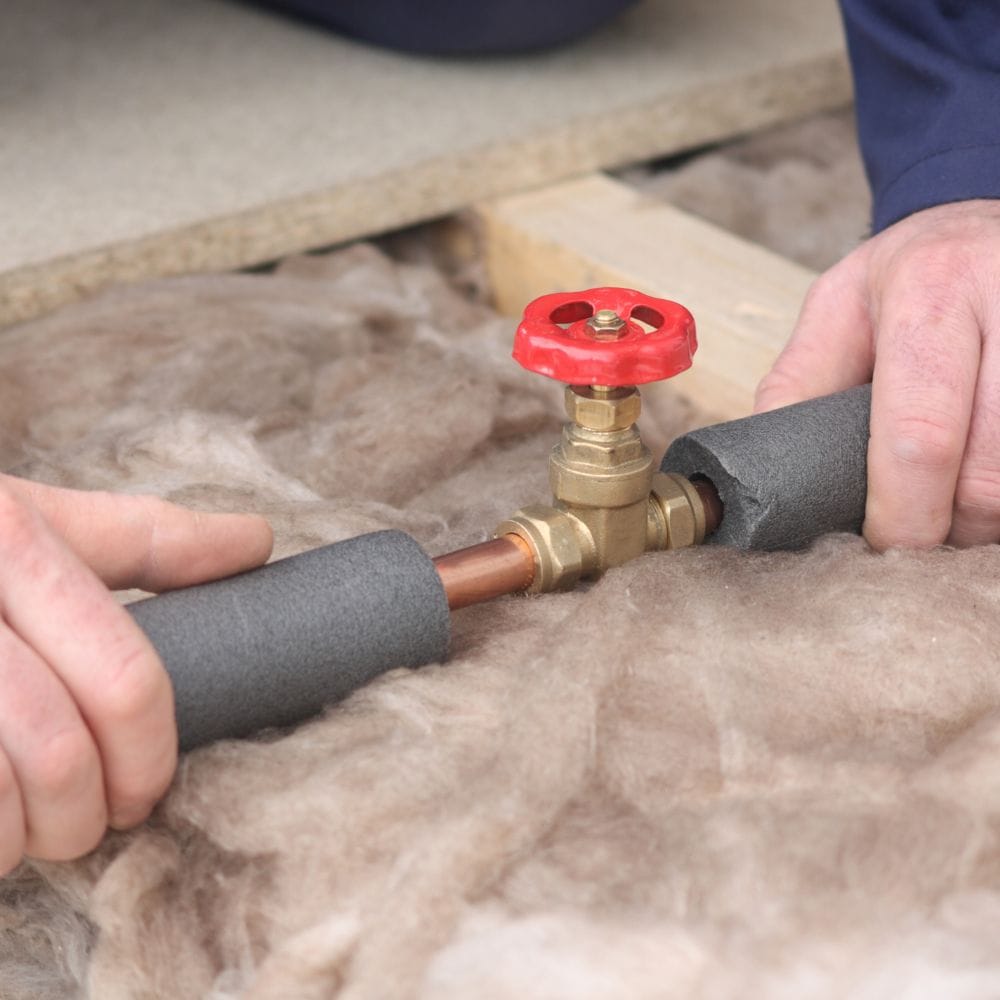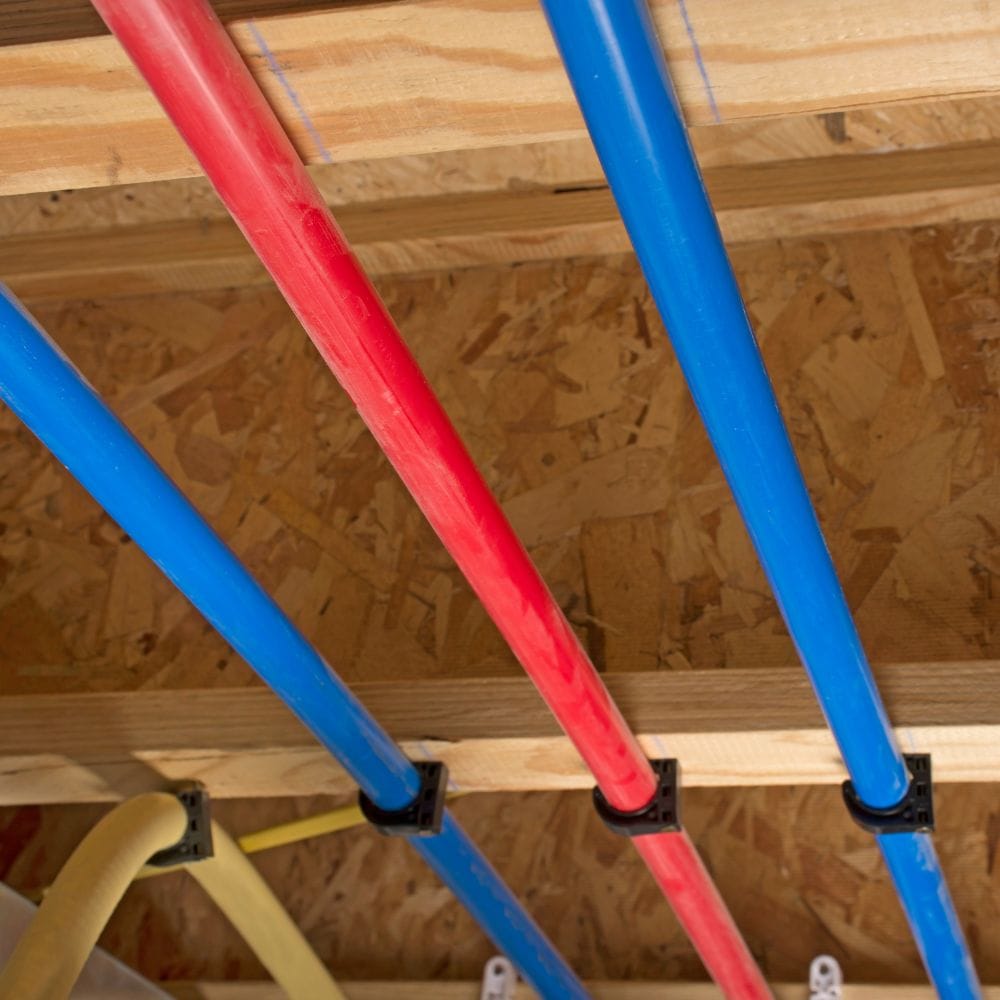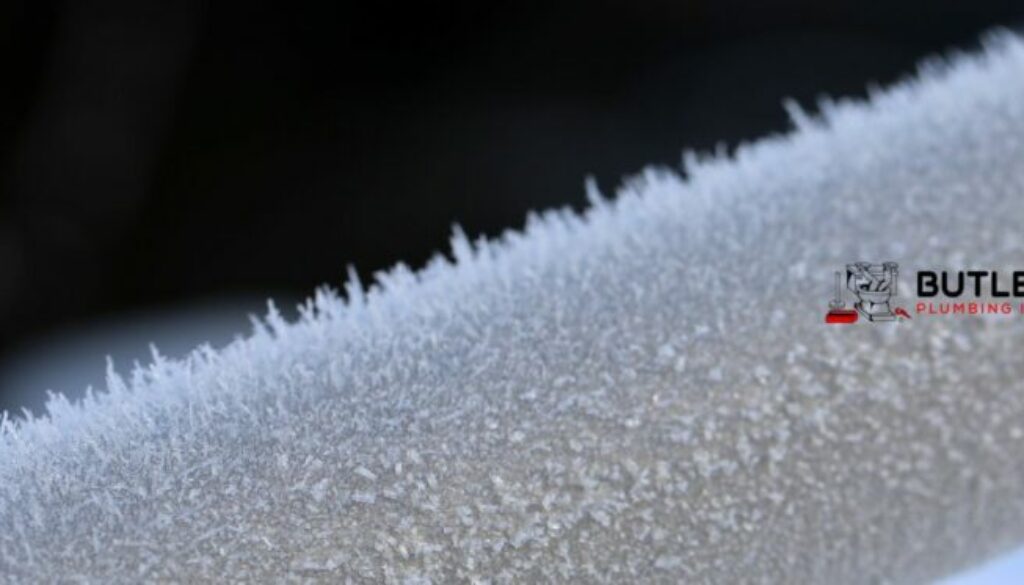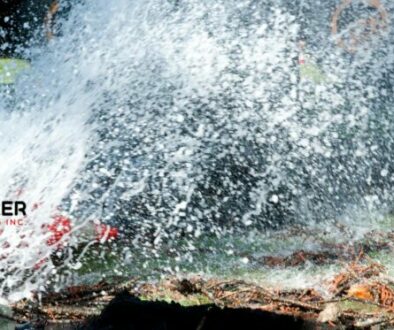How To Wrap Pipes For Winter’s Cold in Oklahoma City
As a master plumber in Oklahoma City, I’m used to dealing with the harsh winters here. But protecting your plumbing pipes from cold winter temperatures is vitally important if you want to avoid costly repairs down the line. In this article, I’ll share my top tips for guarding against frozen and burst pipes so that you can enjoy a safe and comfortable home all winter long.
Winter weather in Oklahoma City can be brutal – especially when it comes to your plumbing system! Pipes are particularly vulnerable to extreme temperatures since water expands as it freezes, meaning even small cracks or loose fittings can cause big problems if they freeze over. Fortunately, there are some easy steps you can take to protect your piping from the elements and keep them running smoothly throughout the season.
From insulating exposed pipes to shutting off outdoor faucets before temperatures drop too low, these simple precautions will help ensure that your plumbing stays healthy all winter long and save you time and money on potential repair costs. Read on for more tips about how to guard against frozen and burst pipes in Oklahoma City this winter!
Identification Of Potential Problems
Winter in Oklahoma City can be as cold and unforgiving as a polar bear. As such, it’s important to take the necessary steps to protect your plumbing pipes from freezing temperatures that may cause significant damage if left unchecked. Master plumbers understand the importance of preventive maintenance when it comes to protecting their home’s infrastructure. Fortunately, there are several practical solutions available for homeowners looking to ensure sound protection against extreme winter weather.
Prioritizing insulation is one of the best ways to protect plumbing systems from frigid temperatures. The most effective type of insulation includes high-quality foam pipe sleeves and pre-formed elastomeric rubber pipe wraps which provide superior coverage and seal out moisture during cold spells. Furthermore, insulated jackets or blankets should also be used on exposed piping to prevent heat loss and further reduce condensation buildup within the system.
Insulating Pipes
The importance of insulation is paramount when it comes to preventing frozen pipes in Oklahoma City during the winter months. An effective strategy begins with taking time to properly insulate exposed piping and any other areas that may be vulnerable to freezing temperatures. Foam pipe sleeves, pre-formed elastomeric rubber wraps, insulated jackets, and blankets should all be considered as a means of protection against extreme cold weather conditions. Additionally, these measures can also reduce condensation buildup within the system which could lead to further heat loss.
Insulating your plumbing pipes takes commitment but the rewards are tremendous; not only do you prevent costly damage from occurring but you also maintain an efficient home infrastructure for years to come. With some preparation and foresight, homeowners can rest easy knowing their plumbing systems will remain safe throughout even the harshest of winters. Now let’s turn our attention toward a useful tool for protecting exposed piping: installing heat tape.

Installing Heat Tape
In order to ensure that your pipes remain safe and functioning properly during the cold winter months, installing heat tape is a sound solution. Heat tape helps reduce the risk of frozen pipes by providing additional insulation against freezing temperatures and allows for better regulation of pipe temperature. It works by wrapping around exposed piping and using an electrical current to generate warmth, thereby keeping it from reaching critical levels. While this may seem like a daunting task at first, with just a little bit of knowledge and the right tools anyone can become adept at installing heat tape in their home.
The installation process is fairly straightforward; start by measuring out enough length of heat tape to wrap completely around each section of exposed plumbing before affixing it securely with mounting clips or adhesive strips. Additionally, you should make sure that any splices are done correctly as faulty connections can lead to overheating which could cause damage to both your plumbing system and surrounding walls. With some patience and care, homeowners can easily install heat tape in their homes while also enjoying peace of mind knowing they’re taking preventive measures against frozen pipes. Moving forward, we will discuss another useful strategy for protecting your plumbing system: wrapping exposed pipes with towels or blankets.
Wrapping Exposed Pipes With Towels Or Blankets
Another great way to protect your plumbing in the wintertime is by wrapping exposed pipes with towels or blankets. This simple yet effective technique serves as an extra layer of insulation to prevent freezing temperatures from reaching vulnerable areas of your home’s piping system, while also providing a cushion against any potential damage caused by sudden changes in temperature. To do this, first, measure out enough material to wrap around each pipe securely before attaching it firmly with clips or adhesive strips. Additionally, be sure that you leave some slack so that the fabric can expand and contract along with the movements of the pipe itself. After installation is complete, check for proper placement and make sure everything looks secure.
By taking these steps now, homeowners can ensure their plumbing remains safe throughout even the coldest Oklahoma City winters—but there’s another strategy worth considering: adding pipe sleeves or covers.
Adding Pipe Sleeves Or Covers
Now that we’ve discussed wrapping exposed pipes with towels or blankets, it’s time to consider another option: adding pipe sleeves or covers. This approach is especially useful for those plumbing lines located in areas of the home where insulation isn’t available and could be more vulnerable to cold temperatures. Sleeves can be purchased from any local hardware store and come in various sizes, making them a great fit for most standard piping systems. When installing them, you’ll want to make sure the fabric fits snugly around each segment of your system, providing an extra layer of protection against extreme conditions outside. Additionally, these materials are generally affordable and easy to install—so if you’re looking for reliable wintertime security for your plumbing setup without breaking the bank, this may be the best solution for you.

Maintaining A Consistent Temperature In Your Home
Just like a cold winter’s wind can find its way in through the tiniest of cracks, so too can it sneak into your pipes and wreak havoc. That’s why it’s important to maintain a consistent temperature throughout the home—akin to keeping out that pesky chill with an extra layer of clothing! This means ensuring there are no drafts around windows or doors, as well as maintaining proper attic insulation if you have one. Doing this will help keep temperatures at a comfortable level for both you and your plumbing system alike.
Furthermore, when using heaters or other sources of warmth during the colder months, be sure to give due consideration to where they’re placed: Avoid placing them near any exposed water lines or piping systems, as this could cause higher-than-normal levels of heat which may damage certain components over time. With all these precautions taken care of, you’ll be able to rest easy knowing both yourself and your plumbing setup are safe from the cold Oklahoma City winters!
Setting Up A Hot Water Recirculation System
Another great way to ensure your plumbing system is properly insulated during winter months is by setting up a hot water recirculation system. This type of setup uses a pump that continuously circulates warm water throughout the pipes, helping them remain at an optimal temperature and reducing any potential freezing issues. As such, it’s especially useful for those living in colder climates—and even more so if you’re located in Oklahoma City! Installing this kind of setup may require some technical know-how or professional assistance, but with the right guidance, you can be sure you won’t have to worry about cold temperatures wreaking havoc on your home’s plumbing. Plus, once installed, these systems are extremely low maintenance and reliable—so all that’s left for you is to enjoy peace of mind knowing your pipes will stay nice and cozy no matter how fierce the chill outside may get.

Keeping Outdoor Faucets And Sprinklers Protected
Having done all you can to protect your indoor plumbing from the cold, it’s now time to turn our attention to any outdoor fixtures. Faucets and sprinkler systems in particular must be insulated if they are exposed; wrapping them with foam insulation sleeves or heating tape is an effective way of keeping them safe for winter use. Additionally, make sure these items aren’t running during freezing temperatures—doing so could cause water pressure to build up inside the pipes, which may lead to burst lines!
Finally, don’t forget about draining out hoses and other attachments not suited for long-term exposure to the elements. Taking this extra step ensures that no ice can form when temperatures drop below zero degrees Celsius (32°F). By following these steps, you’ll have taken every measure possible to keep your plumbing system working smoothly even in the chilliest of Oklahoma winters!

Professional Plumbing Services
It truly is better to be safe than sorry when it comes to winterizing your plumbing system—getting the job done right from the start is key. While DIY methods are all well and good, hiring a professional plumber for this task can save you time, money, and hassle in the long run. Here are just a few of the benefits:
- Professional installation of insulation materials and heating tape that will last throughout the season.
- A thorough assessment of your current system to identify any potential problems before they occur.
- The ability to spot small issues now which could become large ones later on down the line.
- Expert knowledge about how best to protect certain fixtures or areas of your home where cold weather may have an impact.
No matter what size project you’re dealing with, having a master plumber who knows their stuff by your side makes life much easier during those frigid Oklahoma winters! With that being said, even if you do take every precaution possible there’s still one other problem we need to discuss…what happens if you already have frozen pipes?
What To Do If You Have Frozen Pipes
Unfortunately, frozen pipes can be a harsh reality of winter in Oklahoma City. If you find yourself facing this situation, don’t panic—there are steps you can take to thaw the pipe and get your plumbing system back up and running. Here’s what to do:
- Identify where exactly the blockage is located and then turn off the main water supply to prevent further damage
- Carefully inspect all exposed areas of the pipe for any signs of cracking or splitting due to freezing temperatures.
- Once you’ve identified the affected area(s), apply a safe, effective heat source (like an electric heating pad or hot towel) until gradually unfreezing occurs. Make sure not to use anything too extreme like blowtorches as this could cause more harm than good!
It goes without saying that prevention is key when it comes to avoiding frozen pipes in cold weather climates such as Oklahoma City. However, should icy conditions strike unexpectedly, understanding how best to handle them will help ensure successful outcomes with minimum disruption. With knowledge on your side and professional assistance from a qualified plumber at hand, there’s no reason why wintertime plumbing problems won’t stay far away!
Conclusion
I hope this article has helped you protect your plumbing pipes from cold winters in Oklahoma City. As a master plumber, I strongly suggest that you take the necessary steps to ensure your plumbing system is adequately prepared for winter weather. Insulating pipes with pipe sleeves or covers, installing heat tape, and wrapping exposed pipes with towels or blankets are all effective measures to prevent frozen pipes. In addition, maintaining a consistent temperature in your home and protecting outdoor faucets and sprinklers will help keep them safe during the colder months.
If you do find yourself dealing with frozen pipes, don’t panic! I recommend calling a professional plumber right away so they can identify the source of the problem and thaw out any frozen sections quickly and safely. With proper preparation, maintenance, and care, you can avoid costly repairs due to frozen pipes – saving you time, money, and stress in the long run.
My advice? Take precautions now before it’s too late! Winter weather doesn’t have to mean catastrophe for your home’s plumbing system if you plan ahead.



